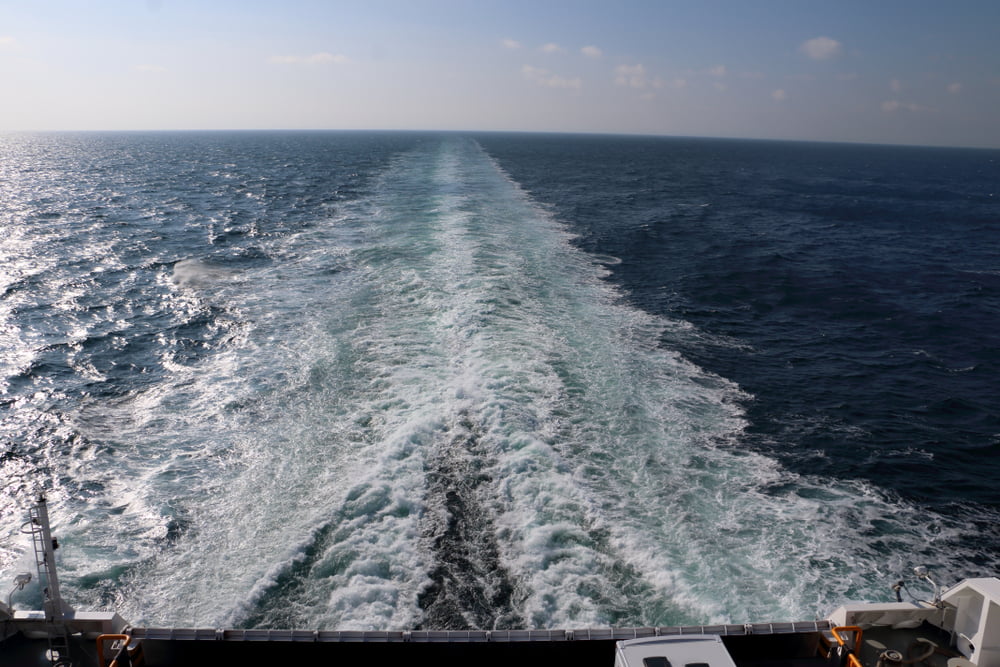During planned action days in recent weeks, various places in the country have been checked for degassing while sailing. After reports by sniffing poles (e-noses), a citizen report and enforcement with a police drone, 4 ships on board were further investigated. In 2 cases, after a thorough investigation, there was no violation of the rules for the transport of dangerous goods (ADN). A tanker was in violation by degassing in a densely populated area on the Lek. This continued as far as urban Rotterdam.
Another tanker degassed petrol vapors in violation of the 'Regulation on petrol transport in mobile tanks 2006'. This ship also did that in densely populated areas. The Human Environment and Transport Inspectorate (ILT) will draw up an official report against both perpetrators for degassing while sailing.
Controls drones national unit
The National Unit (LE) of the police was active with drones on the Scheldt-Rhine Canal and the Hollandsch Diep at the mouth of the Dordtsche Kil. A total of 37 tankers were checked, with 1 vessel being visited by the LE. This ship complied with the regulations for the transport of dangerous goods. The LE regularly consults the inspectors of the ILT about the ADN regulations and the Petrol Transport Regulations.
Cooperation province and national services
The North Sea Canal Area Environment Agency and the Rijnmond Environmental Agency (DCMR) have a large number of e-noses and regularly pass on reports of possible sailing degassing to the ILT. The ILT is working with other environmental services, including Central and West Brabant, on further cooperation to expand the use of e-noses. With the cooperation of Rijkswaterstaat, the ILT analyzes the incoming reports.
What is floating degassing?
Blowing cargo residues from tankers -while sailing- into the open air with fans is 'degassing while sailing'. In this way skippers remove remnants of a liquid cargo and they can take a new cargo -with a different substance- on board.
Undesirable, but sometimes still allowed
Degassing while sailing is undesirable and burdens local residents, the crew of ships and the environment. Using degassing installations on shore is best for people and the environment. However, degassing while sailing is still permitted under certain conditions. European regulations for the transport of dangerous goods by inland waterways (ADN) are in force here. The Human Environment and Transport Inspectorate, together with environmental services, the police and Rijkswaterstaat, checks whether skippers comply with the rules of the ADN and the Transport of Dangerous Goods Act. If a ship is in violation, for example by degassing in a densely populated area, a sanction will follow.
Towards a ban on degassing while sailing
A number of countries, including the Netherlands, are preparing a ban on floating degassing (the CDNI). After ratification of this convention, it will be gradually prohibited to degas certain substances and use must be made of degassing installations that collect the cargo residues, according to the ILT.
Also read: The Hague states that hydrogen would not be 'green' enough


